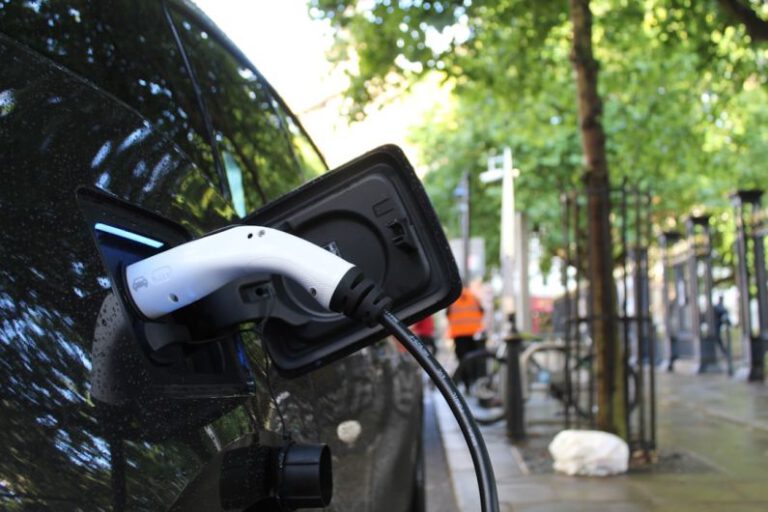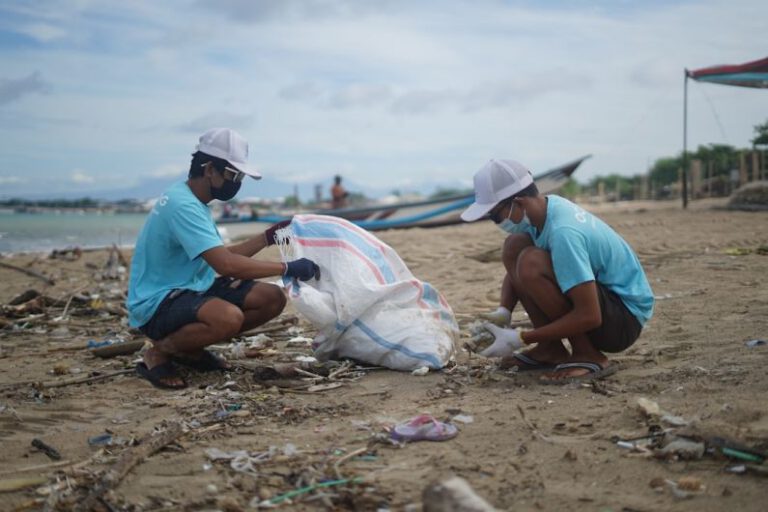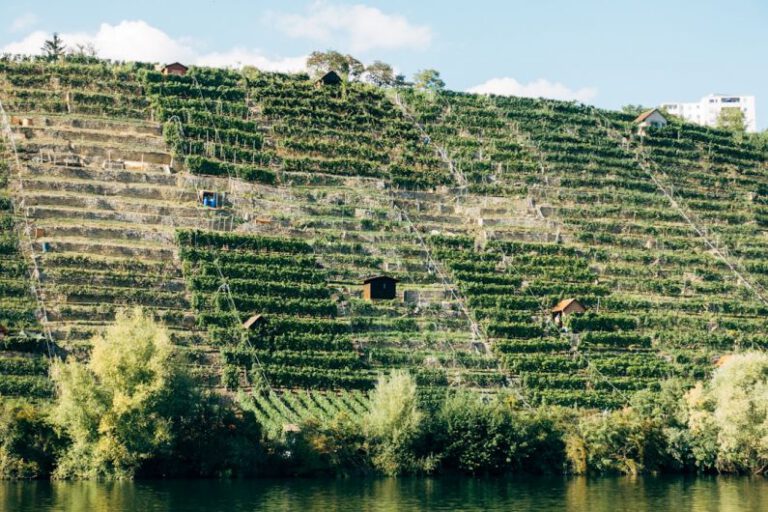Reforestation Drones: a New Ally Against Deforestation
In the battle against deforestation, innovative technologies are emerging as powerful allies. One such groundbreaking tool is reforestation drones. These unmanned aerial vehicles are revolutionizing the way we approach reforestation efforts, offering a cost-effective and efficient solution to combat the devastating effects of deforestation.
The Challenge of Deforestation
Deforestation is a pressing global issue that poses serious threats to biodiversity, ecosystems, and the climate. The clearing of forests for agriculture, logging, and urban development has led to widespread environmental degradation, loss of habitat for countless species, and increased carbon emissions. Addressing deforestation is crucial in mitigating the impacts of climate change and preserving the planet for future generations.
Reforestation Drones: A Game-Changer
Reforestation drones are emerging as a game-changer in the fight against deforestation. These unmanned aerial vehicles are equipped with advanced technology that allows them to plant trees quickly and efficiently in areas that are difficult to access by traditional methods. By utilizing drones for reforestation efforts, organizations can significantly increase the scale and speed of tree planting, making a tangible impact on reforestation goals.
Precision Planting
One of the key advantages of reforestation drones is their ability to plant trees with precision. Using high-resolution mapping and GPS technology, drones can accurately identify optimal planting locations and disperse seeds or seedlings with pinpoint accuracy. This precision planting ensures that trees are strategically placed for maximum impact, leading to higher survival rates and healthier forests in the long run.
Cost-Effective Solution
Traditional reforestation methods can be labor-intensive and costly, especially in remote or hard-to-reach areas. Reforestation drones offer a cost-effective alternative by streamlining the planting process and reducing the need for manual labor. By automating the planting process, drones can cover large areas in a fraction of the time it would take human workers, ultimately saving time and resources for reforestation projects.
Monitoring and Maintenance
In addition to planting trees, reforestation drones can also play a crucial role in monitoring and maintaining newly planted forests. Equipped with sensors and cameras, drones can gather real-time data on the health and growth of trees, allowing for early detection of issues such as disease or drought. This proactive approach to forest management enables organizations to take swift action to address problems and ensure the long-term success of reforestation efforts.
Community Engagement
Reforestation drones also have the potential to engage local communities in conservation efforts. By involving community members in drone planting initiatives, organizations can raise awareness about the importance of reforestation and empower individuals to take an active role in preserving their natural surroundings. This collaborative approach fosters a sense of ownership and stewardship among local residents, leading to more sustainable and impactful reforestation projects.
The Future of Reforestation
As reforestation drones continue to evolve and become more widely adopted, their potential to combat deforestation and restore ecosystems is immense. By harnessing the power of technology, we can accelerate reforestation efforts, protect biodiversity, and mitigate the effects of climate change on a global scale. Reforestation drones are not just a tool; they are a symbol of innovation and hope in the fight against deforestation.






